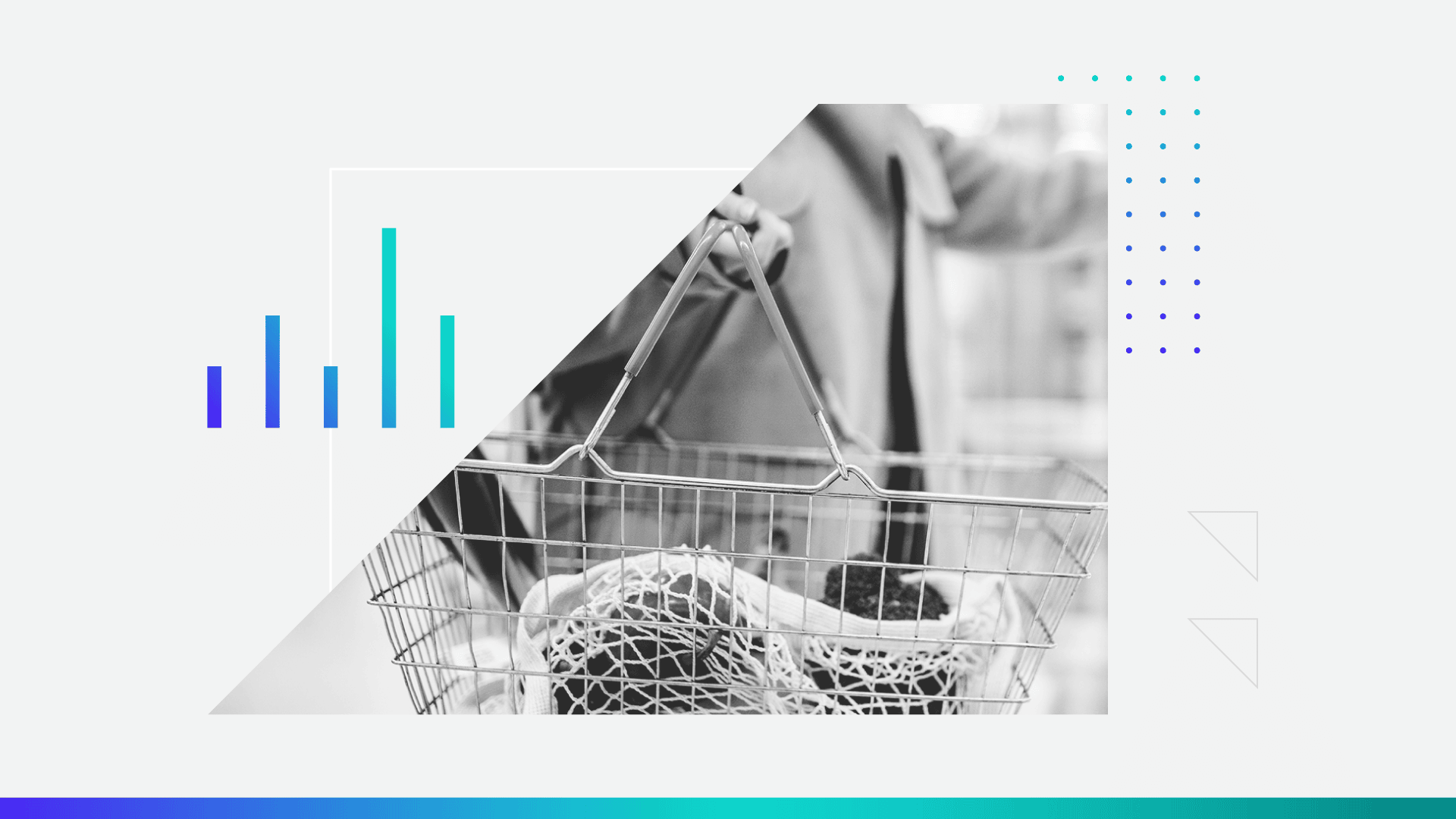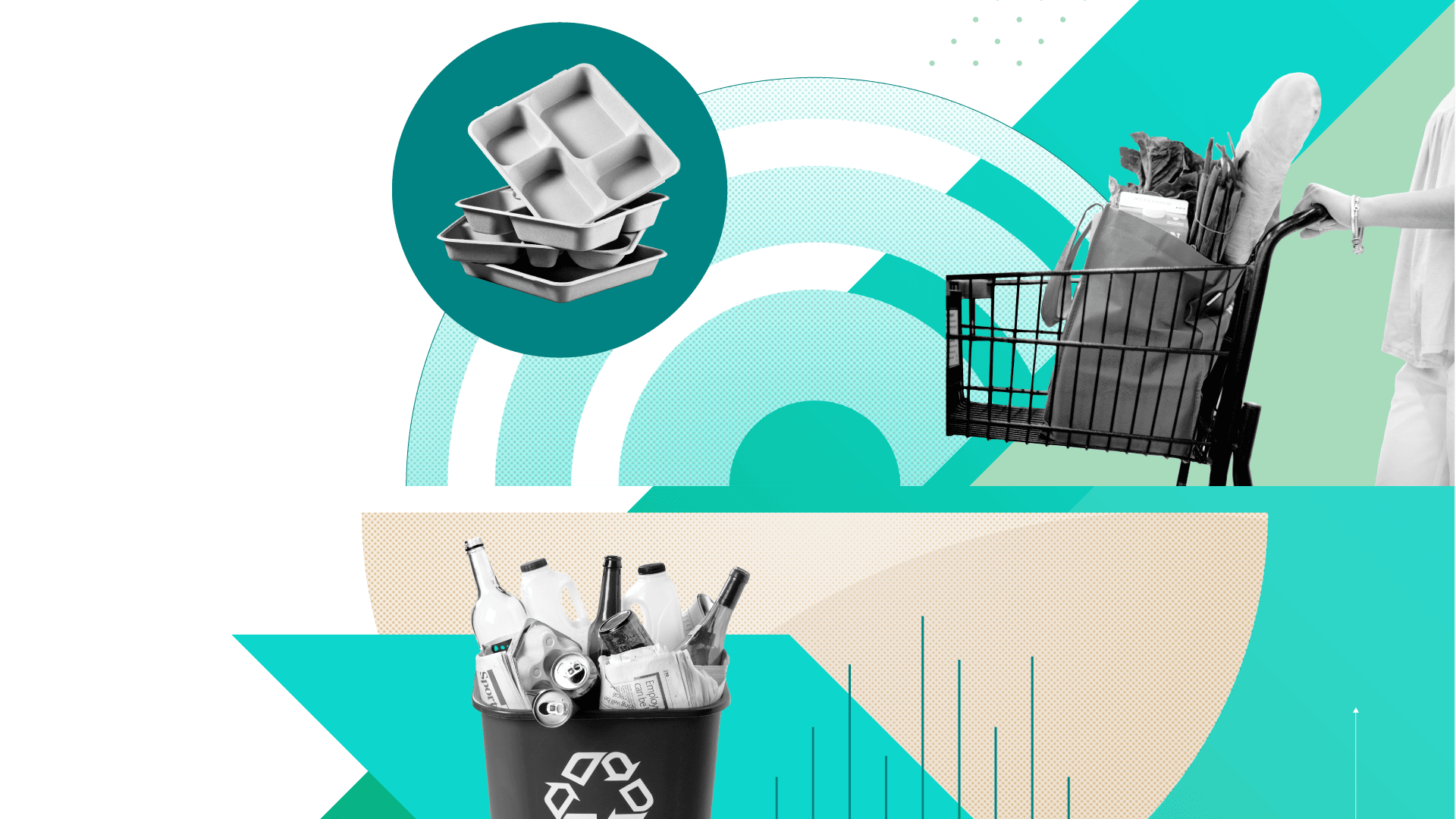
Food & Beverage
The State of Food & Beverage Report: Q1 2022
Report summary
For more recent data and analysis, see the H2 2022 State of Food & Beverage Report.
Nearly two years into the COVID-19 pandemic, the food & beverage industry is still navigating the challenges of attracting uncomfortable diners and cost-conscious consumers amid price inflation while adapting to ever-evolving cooking, eating and drinking habits.
Key Takeaways
- Restaurant behaviors are forever changed: The pandemic made takeout and delivery second nature, and our high-frequency data shows that consumers have not fully returned to on-premises dining. So much depends on consumers’ comfort levels, but restaurants can also focus on initiatives that help facilitate loyalty with off-premises diners.
- Consumers are concerned about the cost of groceries, and they are adjusting behaviors: With the consumer price index for food at home increasing at the fastest pace since 2008 in late 2021, consumers are concerned about costs across most grocery categories. More are comparing prices, buying generic, couponing and switching stores.
- Grocery shopping, cooking and healthy eating habits have also shifted, to a lesser extent: The pandemic accelerated e-commerce across all categories, and grocery is no exception, but for many, in-store shopping dominates. Pandemic-driven cooking projects appear to have fallen off, but healthy eating remains a ubiquitous goal.
- CBD-infused products have gained popularity during the pandemic: In a pre-pandemic world, the cannabis-derived compound seemed to be a solution for all that ails consumers. In the pandemic era, the same is true — and magnified. Millennials expressed the highest levels of usage and interest; mental health benefits were a key driver.
Methodology
This report uses survey research conducted in December 2021 and January 2022 among more than 13,000 respondents from the United States, Canada, Argentina, France, Germany, Italy, India, Japan, South Korea and Australia. It also references Morning Consult’s Return to Normal trend data, which leverages weekly surveys of 2,200 U.S. adults.
The interviews were conducted online, and the data was weighted to approximate respective populations of adults based on gender, educational attainment, race and region. Top-line results from all the polls have a margin of error of up to +/-3 percentage points.
About the author
Emily Moquin previously worked at Morning Consult as a lead food & beverage analyst.



